Valve flow characteristic curve and classification
The flow characteristic of the valve is the relationship between the relative flow of the medium flowing through the regulating valve and its opening under the condition that the pressure difference between the two ends of the valve remains constant. Flow characteristic is an important technical index and parameter of regulating valve. It is very important to make the correct selection in the application process of the control valve.
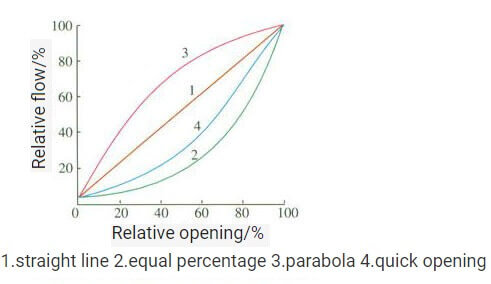
Flow characteristics of regulating valve
Valve flow characteristics can be defined as: the relative flow of the controlled medium flowing through the valve, and the relationship between the relative opening (relative displacement) of the valve is called the flow characteristics of the regulating valve. Generally speaking, it is divided into four types: straight line, equal percentage (logarithm), parabola and quick opening! The specific description and advantages are as follows:
1. The linear characteristic refers to the linear relationship between the relative flow of the valve and the relative opening, that is, the time constant of the flow change caused by the change of unit opening. The relative stroke of the linear characteristic is linear with the relative flow. The flow change caused by the change of unit stroke is constant. When the flow is large, the relative value of the flow changes little, and when the flow is small, the relative value of the flow changes greatly.
2. the equal percentage characteristic (logarithm) means that the relative flow change caused by the change of the unit opening is proportional to the relative flow at that point, that is, the amplification factor of the regulating valve changes, and it increases with the increase of the relative flow. The relative stroke and relative flow of equal percentage characteristics are not in a linear relationship. The change in flow caused by the change of unit stroke at each point of the stroke is proportional to the flow at this point, and the percentage of flow change is equal. Therefore, its advantage is that when the flow rate is small, the flow rate changes small, and when the flow rate is large, the flow rate changes greatly, that is, it has the same adjustment accuracy at different opening degrees.
3. the parabolic characteristic means that the relative flow change caused by the change of the relative opening of the unit is proportional to the square root of the relative flow value at this point. The flow rate changes in proportion to the two sides of the stroke, and generally has an intermediate characteristic between linear and equal percentage characteristics.
4. the quick opening flow characteristic means that there is a larger flow when the opening is small. With the increase of the opening, the flow can reach the maximum quickly, and then the opening is increased, and the flow change is small, so it is called For quick opening characteristics.
The flow characteristic of the diaphragm valve is close to the quick opening characteristic, the flow characteristic of the butterfly valve is close to the equal percentage characteristic, the flow characteristic of the gate valve is the linear characteristic, the flow characteristic of the ball valve is linear in the middle opening and closing stage, and the equal percentage characteristic in the middle opening.
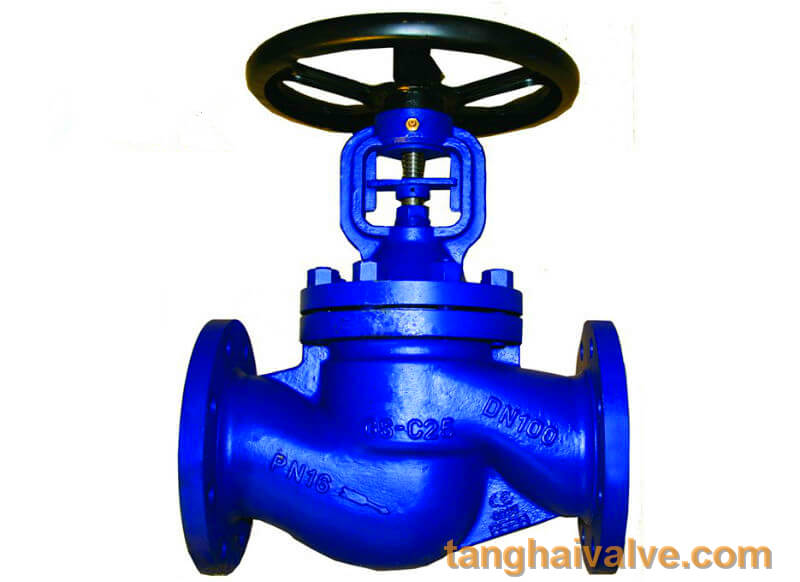
Globe valve (9)
Under normal circumstances, ball valves and butterfly valves are usually not used for adjustment. If they are used for adjustment, they are only used for adjustment when the opening is small. Generally, they can be classified as quick-opening, and they are really used for adjustment. Most of them are basically cut-off valves (globe valve). The valve head is processed into a parabolic cone, spherical shape, etc., and different curve characteristics are used. Generally speaking, as an adjustment, the basic percentage characteristic is used more.
TH Valve is a professional manufacturer of butterfly valve, gate valve, check valve, globe valve, knife gate valve, ball valve with API, JIS, DIN standard, used in Oil, Gas, Marine industry, Water supply and drainage, fire fighting, shipbuilding, water treatment and other systems, with Nominal Diameter of DN50 to DN1200, NBR/EPDM/VITON, Certificates & Approvals: DNV-GL, Lloyds, DNV, BV, API, ABS, CCS. Standards: EN 593, API609, API6D
Related news/knowledge:
Comparison table of valve diameter and medium flow rate;
Working principle and movement mode of gate valve;
Valve actuator / actuation -(4)-angle stroke valve actuator application;
Application of low temperature butterfly valve

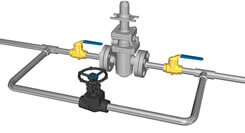
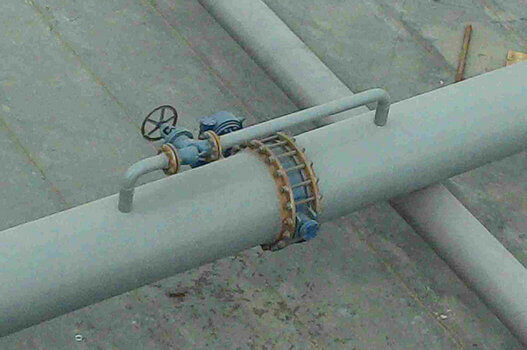


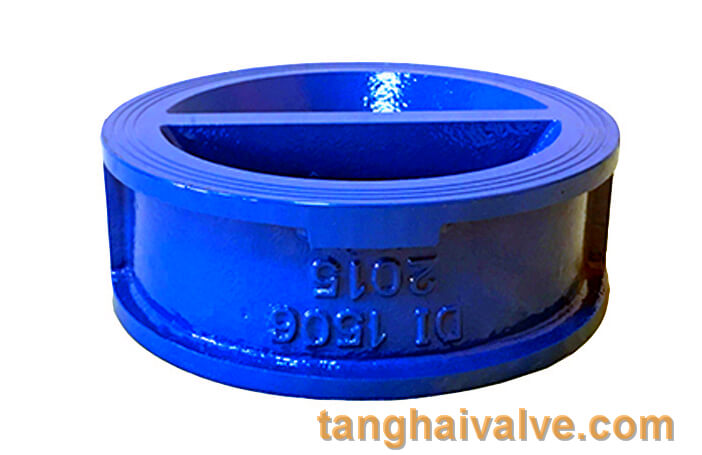
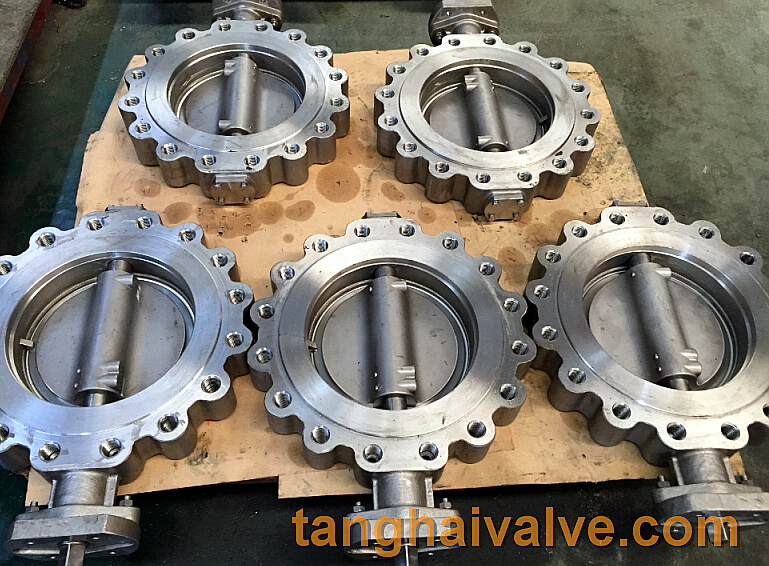
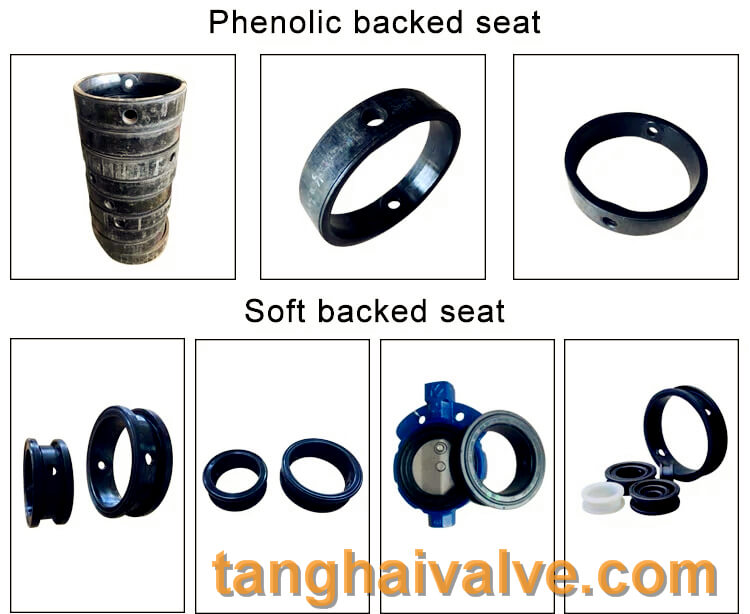

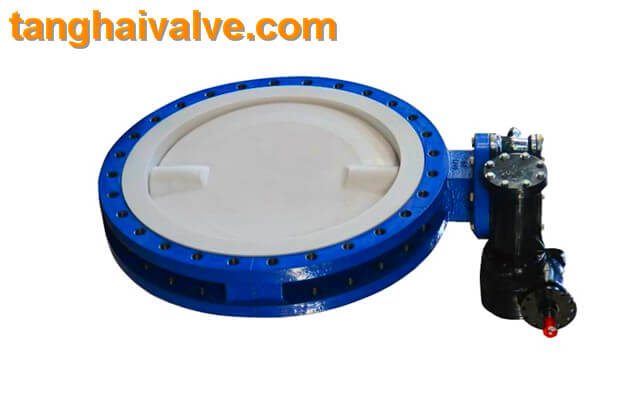

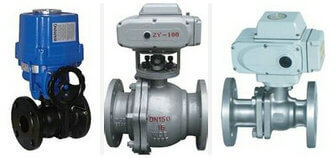
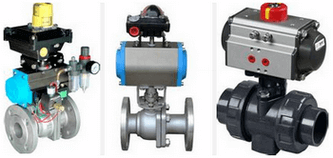


 © Copyright 2020 Tianjin Tanghaidongyang Valve Co., Ltd. All Rights Reserved.
© Copyright 2020 Tianjin Tanghaidongyang Valve Co., Ltd. All Rights Reserved.